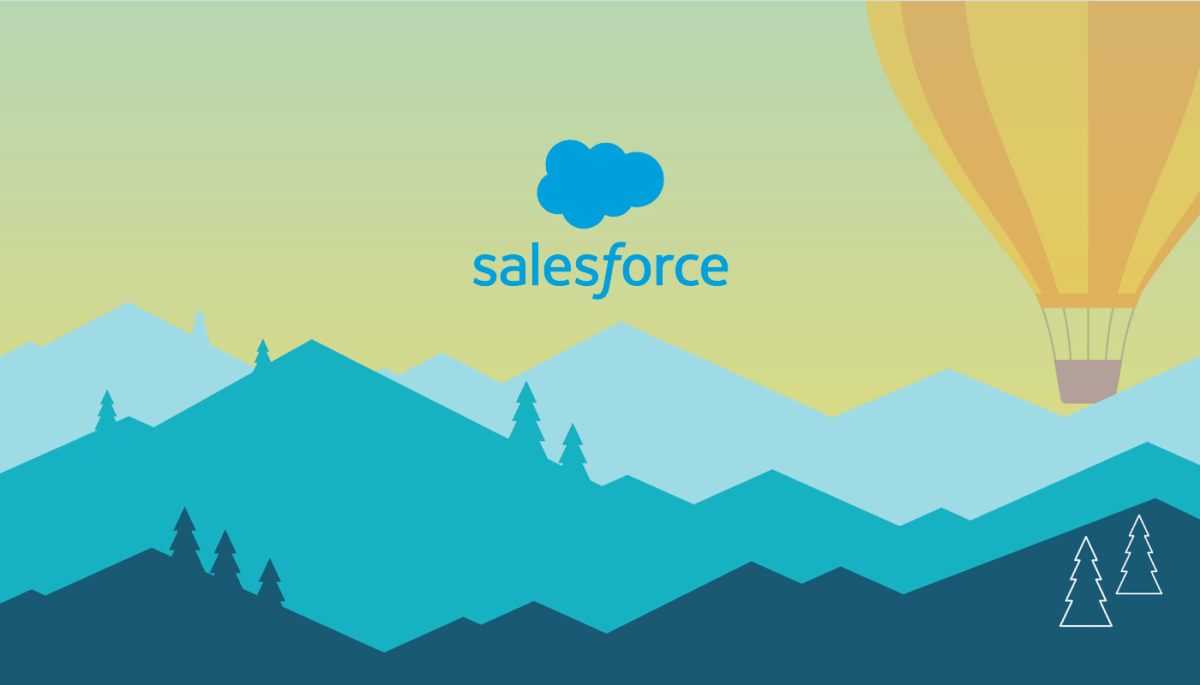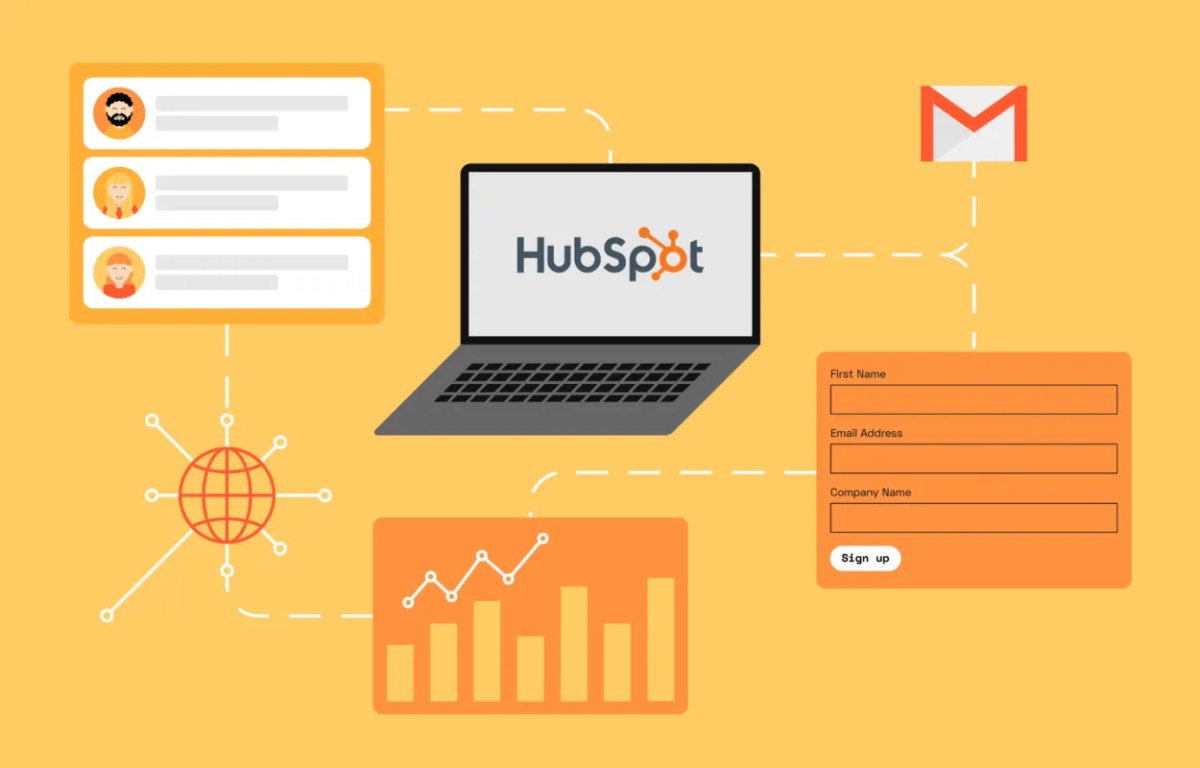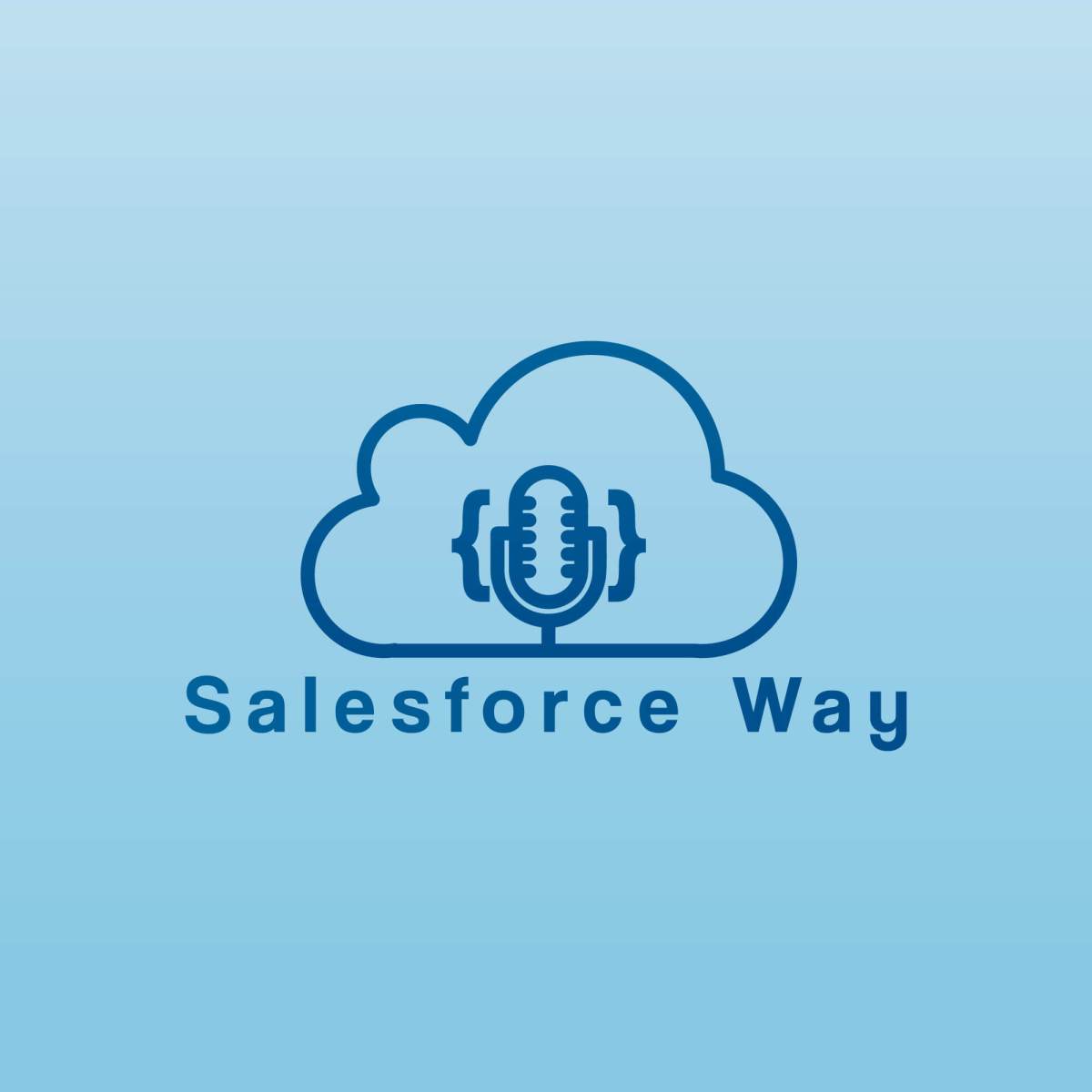CRM System Pricing: 7 Shocking Truths You Must Know in 2024
Navigating CRM system pricing can feel like decoding a secret code—expensive, confusing, and full of hidden costs. But what if you could crack the code and save thousands? Let’s demystify the real cost behind CRM platforms and help you make a smarter investment.
Understanding CRM System Pricing: What You’re Really Paying For

When businesses explore CRM system pricing, they often focus only on the sticker price. But the true cost of a CRM goes far beyond the monthly subscription fee. A Customer Relationship Management (CRM) system is more than just a digital rolodex—it’s a strategic tool that manages sales pipelines, automates marketing, supports customer service, and integrates with other business software. Understanding what drives CRM system pricing is the first step toward making a cost-effective decision.
Core Components That Influence CRM Pricing
The price of a CRM system is shaped by several key components. These include the number of users, the depth of functionality, integration capabilities, data storage, and customer support. For example, a basic CRM might charge $10 per user per month, while an enterprise-level platform with AI-driven analytics and custom workflows can exceed $300 per user monthly. The variation stems from how much value and automation the system delivers.
User-based pricing: Most CRMs charge per user, making team size a major cost driver.Feature tiers: Advanced features like workflow automation, lead scoring, and forecasting tools are often locked behind higher-tier plans.Integration costs: Connecting your CRM to tools like email marketing platforms, ERP systems, or e-commerce stores may require additional fees or third-party middleware.Deployment Models and Their Cost Implications
CRM systems come in two primary deployment models: cloud-based (SaaS) and on-premise.
.Cloud-based CRMs, such as Salesforce or HubSpot, dominate the market due to their scalability and lower upfront costs.These are typically subscription-based, with predictable monthly or annual billing.On the other hand, on-premise CRMs require significant upfront investment in hardware, licensing, and IT staff, but offer more control over data and customization..
According to Gartner, cloud CRM adoption has grown by over 18% annually, driven by remote work and digital transformation. This shift has made CRM system pricing more accessible to small and mid-sized businesses, though long-term costs can still add up.
“The total cost of ownership for a CRM isn’t just the license fee—it’s training, integration, customization, and ongoing support.” — Gartner Research
CRM System Pricing Models: Subscription, Per-User, and Flat-Rate
One of the most critical aspects of CRM system pricing is the pricing model itself. Different vendors use different structures, and understanding these can help you avoid overpaying. The three most common models are subscription-based, per-user, and flat-rate pricing.
Subscription-Based Pricing: The Most Common Model
Subscription-based pricing is the standard for most modern CRM platforms. You pay a recurring fee—usually monthly or annually—for access to the software. This model is popular because it lowers the barrier to entry and allows businesses to scale as they grow. For example, Zoho CRM offers a free plan and scales up to $52 per user per month for its Enterprise tier.
However, subscription models can lead to vendor lock-in and rising costs over time. As your business grows, so does your bill. And if you cancel, you may lose access to your data or face export fees. Always read the fine print before signing up.
CRM system pricing – CRM system pricing menjadi aspek penting yang dibahas di sini.
Per-User vs. Flat-Rate Pricing: Which Is Better?
Per-user pricing is straightforward: you pay for each person who logs into the system. This works well for sales teams but can become expensive for companies with many employees needing access. Some CRMs, like Pipedrive, charge $14.90 per user per month, while others like Salesforce start at $25 and go up to $300+.
Flat-rate pricing, on the other hand, offers unlimited users for a single fee. This can be a game-changer for growing teams. For instance, Freshsales offers a flat-rate plan at $125 per month for up to 10 users, making it cost-effective for small sales departments. However, flat-rate plans often limit advanced features or storage, so they’re not always the best value.
Hidden Fees in CRM Pricing You Should Watch For
Many CRM vendors advertise low starting prices but hide additional costs in the fine print. These can include:
- Implementation fees: Some vendors charge thousands to set up your CRM, import data, and train staff.
- Customization charges: Tailoring workflows or dashboards may require developer hours or premium support.
- Overage fees: Exceeding storage limits or API calls can trigger unexpected charges.
- Renewal price hikes: Introductory rates often increase after the first year.
A study by Nucleus Research found that 68% of companies underestimated their total CRM costs by at least 30% due to hidden fees. Always request a full cost breakdown before committing.
Top CRM Platforms and Their Pricing Breakdown in 2024
To make informed decisions, let’s compare some of the most popular CRM platforms and their CRM system pricing structures. This will help you identify which solution fits your budget and business needs.
Salesforce: The Enterprise Leader with Premium Pricing
Salesforce remains the gold standard in CRM, offering unmatched scalability and customization. However, its CRM system pricing reflects its premium status. Plans start at $25 per user per month for Sales Cloud Essentials, but most businesses need the Professional or Enterprise tiers, which cost $75 and $150 respectively.
Advanced features like AI-powered Einstein Analytics or Service Cloud start at $36 per user and can push total costs into the thousands per month for mid-sized teams. Implementation and consulting fees from Salesforce partners can add $10,000+ to initial costs.
Despite the high price, Salesforce delivers a robust ecosystem with over 3,000 AppExchange integrations. For large enterprises, the ROI often justifies the investment.
HubSpot CRM: Free Forever Plan with Scalable Paid Tiers
HubSpot stands out with its free CRM plan, which includes contact management, email tracking, and basic reporting. This makes it ideal for startups and small businesses testing the waters. Paid tiers—Sales Hub, Marketing Hub, and Service Hub—start at $18 per user per month and scale up to $1,200+ for enterprise packages.
CRM system pricing – CRM system pricing menjadi aspek penting yang dibahas di sini.
One downside: HubSpot uses a tiered feature model where critical tools like automation, reporting, and sequences are locked behind higher plans. This can lead to rapid cost escalation as your needs grow.
Still, HubSpot’s user-friendly interface and seamless integration with marketing tools make it a top choice. According to Capterra, HubSpot has a 4.4/5 user rating, praised for ease of use and onboarding.
Zoho CRM: Affordable Powerhouse for SMBs
Zoho CRM offers one of the most competitive CRM system pricing models. The free plan supports up to 3 users, while paid plans start at $14 per user per month (billed annually). The Enterprise plan at $52 includes AI-powered sales signals, workflow automation, and advanced analytics.
What sets Zoho apart is its ecosystem. You can bundle Zoho CRM with other Zoho apps (like Books, Campaigns, or Desk) at a discount. This integration reduces the need for third-party tools, lowering overall software costs.
Zoho also offers on-premise deployment for businesses with strict data compliance needs, though this increases complexity and cost. For SMBs seeking affordability without sacrificing functionality, Zoho is a strong contender.
Factors That Influence CRM System Pricing Variability
Not all CRMs are priced the same—even within the same category. Several factors contribute to the wide variability in CRM system pricing, and understanding them can help you negotiate better deals or choose more cost-effective solutions.
Business Size and Industry-Specific Needs
CRM vendors often tailor pricing based on business size and industry. A small real estate agency has different needs than a global e-commerce brand. Some CRMs offer industry-specific templates and workflows, which can justify higher pricing.
For example, Salesforce offers specialized editions for healthcare, financial services, and retail, each with unique compliance and data handling requirements. These vertical-specific CRMs often come with higher licensing fees due to added complexity and regulatory support.
Customization and Integration Requirements
The more you need to customize your CRM, the higher the cost. Custom fields, workflows, dashboards, and reports require development time or premium support. Some vendors charge hourly rates for customization, while others bundle it into higher-tier plans.
CRM system pricing – CRM system pricing menjadi aspek penting yang dibahas di sini.
Integration with existing systems—like ERP, accounting software, or telephony—also affects pricing. While many CRMs offer native integrations, complex setups may require middleware like Zapier or custom API development, adding hundreds or thousands to implementation costs.
Support and Training Costs
Don’t overlook the cost of onboarding and support. While some CRMs include free training and 24/7 support, others reserve these for enterprise customers. For instance, Salesforce offers limited phone support on lower tiers, pushing businesses toward paid success plans that cost $1,000+ annually.
Internal training costs can also be significant. A study by McKinsey found that companies spend an average of $2,000 per employee on CRM training and change management. Factor this into your total cost of ownership.
Free vs. Paid CRM Systems: Is Free Really Worth It?
With so many free CRM options available—like HubSpot, Zoho, and Agile CRM—many businesses wonder if they need to pay at all. While free CRMs are excellent for startups and solopreneurs, they come with limitations that can hinder growth.
Benefits of Free CRM Systems
Free CRMs lower the barrier to entry and allow businesses to test functionality before investing. Key benefits include:
- No upfront cost
- Basic contact and deal management
- Email tracking and task automation
- Easy setup and onboarding
For solopreneurs or small teams with simple sales processes, a free CRM can be sufficient. HubSpot’s free plan, for example, includes a deals pipeline, meeting scheduling, and live chat—features that cover 80% of basic needs.
Limitations and Hidden Costs of Free CRMs
Free CRMs often lack advanced features like automation, reporting, and integrations. As your business grows, you’ll likely hit usage limits—such as contact caps or limited storage—and be forced to upgrade.
Additionally, some free CRMs monetize through data sharing or upselling. For example, they may display ads or recommend paid partners within the interface. While not always malicious, this can create distractions or privacy concerns.
Another issue is scalability. Free plans rarely support complex workflows or multi-channel customer engagement. Migrating data from a free CRM to a paid one can also be time-consuming and costly.
CRM system pricing – CRM system pricing menjadi aspek penting yang dibahas di sini.
When to Upgrade from a Free to a Paid CRM
Consider upgrading when you experience any of the following:
- Your team exceeds 3–5 users
- You need automation for follow-ups or lead scoring
- Manual data entry is consuming too much time
- You’re missing sales due to poor pipeline visibility
- You need integration with marketing or support tools
Upgrading early can prevent inefficiencies and lost revenue. A paid CRM with automation can save 5–10 hours per sales rep per week, translating to significant ROI.
How to Reduce CRM System Pricing Without Sacrificing Value
You don’t have to pay top dollar to get a powerful CRM. With smart planning, you can reduce CRM system pricing while maintaining functionality and scalability.
Negotiate with Vendors and Leverage Annual Billing
Most CRM vendors offer discounts for annual commitments—often 10–20% off monthly rates. For example, Salesforce gives a 15% discount for annual billing. Always ask for a quote based on yearly payment.
For mid-sized and enterprise businesses, negotiation is possible. Vendors like Microsoft Dynamics 365 or Oracle CRM are often willing to offer bundled pricing, extended trials, or waived implementation fees to close deals.
Choose Bundled Suites Over Standalone Tools
Instead of buying a CRM, marketing automation, and helpdesk separately, consider all-in-one suites. Platforms like Zoho One or HubSpot’s full suite bundle dozens of tools at a lower combined cost than purchasing individually.
Zoho One, for example, includes CRM, email, finance, HR, and project management for $37 per user per month—far cheaper than buying each app separately. This consolidation reduces subscription sprawl and integration headaches.
Start Small and Scale Gradually
Avoid overbuying features you don’t need. Start with a basic plan and upgrade only when necessary. For instance, begin with Zoho CRM Standard and add automation or AI features later.
This approach not only controls costs but also allows your team to adapt gradually. Rushing into a complex CRM can lead to low adoption and wasted investment.
CRM system pricing – CRM system pricing menjadi aspek penting yang dibahas di sini.
Future Trends in CRM System Pricing: What to Expect in 2025 and Beyond
The CRM landscape is evolving rapidly, and pricing models are shifting to reflect new technologies and user expectations. Staying ahead of these trends can help you future-proof your investment.
Rise of AI-Powered Features and Their Cost Impact
Artificial intelligence is becoming a standard in CRM platforms. Features like predictive lead scoring, chatbot support, and AI-driven email suggestions are no longer luxuries—they’re differentiators. However, AI capabilities often come at a premium.
Salesforce Einstein, Microsoft Copilot for Dynamics, and HubSpot’s AI tools are typically available only in higher-tier plans. As AI becomes more embedded, expect vendors to charge more for “smart” CRM features, potentially creating a two-tier market: basic CRMs and AI-enhanced CRMs.
Pay-Per-Use and Usage-Based Pricing Models
Some emerging CRMs are experimenting with usage-based pricing—charging based on the number of emails sent, API calls, or leads processed. This model benefits businesses with fluctuating activity, such as seasonal retailers or event-based services.
For example, platforms like Close CRM offer flat-rate pricing with unlimited calling and emailing, while others may charge per 1,000 emails. As cloud infrastructure costs decrease, we may see more flexible, consumption-based CRM pricing in the future.
Increased Focus on Transparency and Total Cost of Ownership
Buyers are demanding more transparency in CRM system pricing. In response, some vendors are publishing detailed cost calculators and TCO (Total Cost of Ownership) reports.
For instance, HubSpot now offers a pricing calculator that estimates costs based on team size and feature needs. This trend will likely continue, empowering businesses to make more informed decisions and avoid surprise fees.
What is CRM system pricing?
CRM system pricing refers to the cost structure of Customer Relationship Management software, which can include monthly subscriptions, per-user fees, setup costs, and additional charges for features, integrations, or support. Pricing varies widely based on vendor, deployment model, and business needs.
CRM system pricing – CRM system pricing menjadi aspek penting yang dibahas di sini.
What is the average cost of a CRM system?
The average cost of a CRM system ranges from free (for basic plans) to $300+ per user per month for enterprise solutions. Most small to mid-sized businesses pay between $12 and $50 per user per month. Additional costs for implementation, training, and integrations can add thousands to the total.
Are there any truly free CRM systems?
Yes, several CRMs offer free plans with core features, including HubSpot CRM, Zoho CRM, and Agile CRM. These are ideal for startups and small teams but often limit advanced features, storage, or user count. Be aware of potential upsells or data usage policies.
How can I reduce my CRM costs?
You can reduce CRM costs by negotiating annual contracts, choosing bundled suites, starting with a basic plan, and avoiding unnecessary features. Also, consider open-source or self-hosted options if you have technical resources to manage them.
Does CRM pricing include support and training?
Not always. Many entry-level CRM plans offer limited or email-only support. Premium support, onboarding, and training are often reserved for higher-tier or enterprise plans. Always confirm what’s included before purchasing.
CRM system pricing doesn’t have to be a mystery. By understanding the models, hidden costs, and key vendors, you can make a smart, cost-effective choice. Whether you’re a startup using a free CRM or an enterprise investing in Salesforce, the goal is the same: maximize ROI while minimizing waste. The future of CRM pricing is moving toward transparency, flexibility, and value-driven models. Stay informed, negotiate wisely, and choose a solution that grows with your business—not one that holds it back.
CRM system pricing – CRM system pricing menjadi aspek penting yang dibahas di sini.
Further Reading:



